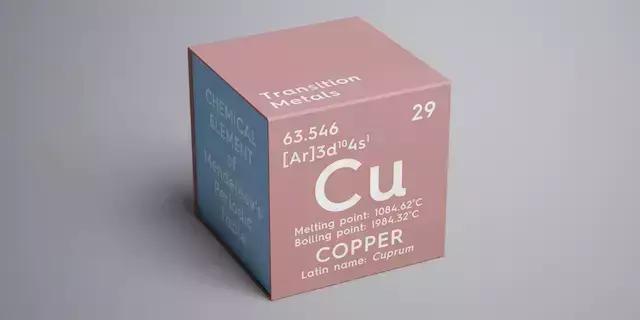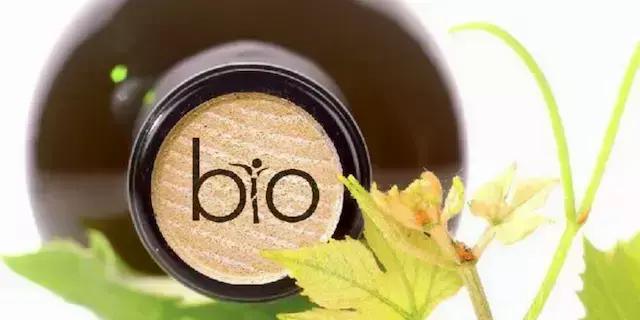Among the parameters we have always taken into consideration to verify the results of practicing biodynamic agriculture is the COPPER METAL CONTENT IN THE SOIL. In our research, we consider total copper metal, not just the bioavailable fraction. From the twenty years of analytical data in our possession, it has emerged that the use of this noble metal cannot be considered a critical element in biodynamic and organic agriculture.
In red, the “noble metals' (for their resistance to attack by oxygen)
Consider, for example, that the annual analyses by ISPRA (Italian Institute for Environmental Protection and Research), which monitors pollutants in the surface and groundwater of our country, have for years stopped measuring the parameter “copper” because it has NEVER BEEN FOUND AS A POLLUTANT in surface or groundwater, despite the exponential increase in sales of copper-based products.
Copper moves very little; everyone knows it cannot be found in aquifers, yet there are claims that it would pollute rivers and seas, killing more fish than trawl fishing or the chemical pesticide residues that abound on riverbeds and seabeds.
The mistake originates from afar. We recall how in the 1980s, agricultural magazines, which weekly reported the advice of viticulture experts on treatments to be applied, in order to discredit the then-emerging organic craze, peremptorily stated that at least 26 kg per hectare of metallic copper were necessary for a vineyard campaign to achieve any results.
In those years, we pioneers of organic viticulture applied at most 1–2 treatments with 500 grams of metallic copper, if necessary, and the remaining approximately 9 treatments with doses between 200–300 g of metallic copper (before 2002, the dynamics of downy mildew were very different from what we know today), and it was impossible for us, professionals in the field, to understand how anyone could reach that insane quantity.
Then discussions began about lowering the levels, and, absurdly, it was precisely the “politicians of organic farming,” evidently never farmers or consultants, who joined the chorus claiming that copper was harmful, without any objective analytical data, and even, in conjunction with the reduction of the annual permitted dose from 8 to 6 kg/ha, submitted a report to the Ministry based on this highly questionable premise:
“Copper residues in the soil are undoubtedly a cause of detriment to soil microbial activity, putting at risk the necessary vitality that ensures fertility”
(I was the only one to dissociate myself in the national working group on organic viticulture in 2008, requesting the production of analytical data, not prejudices).
Even at that time, we already had a substantial amount of data refuting the toxicity and accumulation of copper in the soil, yet the replacement of “noble” copper, perhaps with systemic potassium phosphite, was advocated by many in that commission.
Over the years, we have conducted research in collaboration with recognized institutes for their experience and scientific rigor, such as IASMA in San Michele all’Adige (research conducted since 2007) or UNISI – Department of Earth and Environmental Sciences (2014), as well as with private laboratories including the authoritative ISVEA in Poggibonsi (latest analyses in 2019).
Our data clearly testify to an incontrovertible analytical reality: THERE IS NO ACCUMULATION OF COPPER IN BIODYNAMIC SOILS, EVEN AFTER DECADES OF RATIONAL USE.
Rational use means the minimum necessary application, year by year, for a biodynamic viticulture that is sustainable for the environment and the economy of the producer. It does not mean, for example, the purely numerological application of a cabalistic 3 kg of metallic copper / ha / year.
All the data from our research and the most advanced biodynamic phytosanitary defense techniques will be among the topics covered during the advanced training course on February 5–6, 2020, in Montalcino.
Important statement
False Problems and Old Controversies: The Meaning of Taking…









